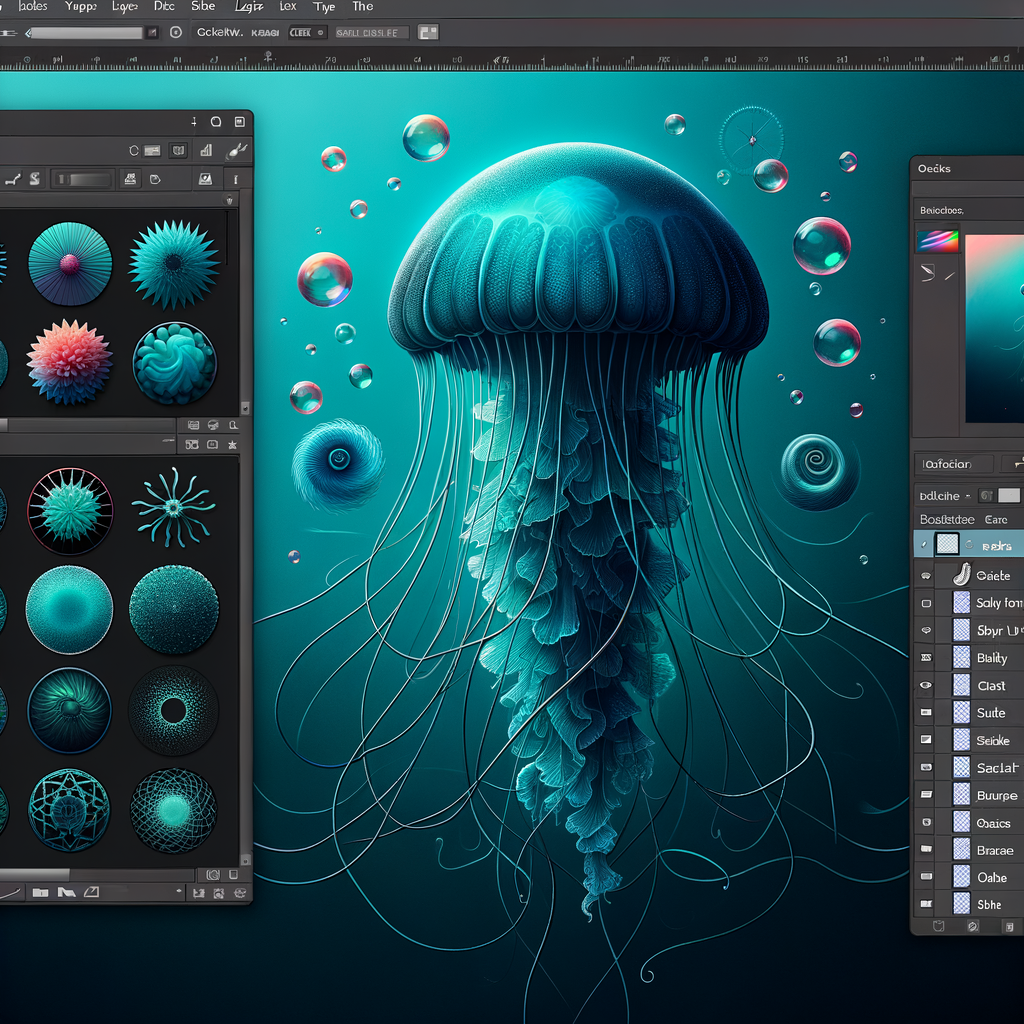The Enigma of Propellantless Propulsion in Space Exploration
In a world constantly yearning for innovation within the vast cosmos, the quest for a propellantless propulsion system represents a groundbreaking leap towards reimagining how spacecraft navigate the infinite reach of space. The idea of leveraging quantum mechanics to power an artificial satellite without the traditional constraints of propulsion is both fascinating and controversial.
Understanding the Quantum Drive Experiment
The experiment centered around a highly ambitious propellantless propulsion system known as the quantum drive, housed within the Barry-1 cubesat and sent to orbit by a SpaceX Falcon 9 rocket. The drive, developed by IVO limited, promised to demonstrate the unthinkable: altering an artificial satellite’s orbit without relying on conventional propellants. Space enthusiasts and scientists alike watched with bated breath, eager to witness a historic moment where technology could potentially defy the fundamental laws of physics.
However, excitement gave way to disappointment when the spacecraft fell silent, never initiating the pivotal test. The loss of contact marked a premature conclusion to an experiment that could have redefined propulsion in spacecraft development.
The Potential and Pitfalls of Reactionless Drive Technology
At the heart of this experimental drive lies a reactionless technology, a concept where thrust is generated without expelling a reaction mass. Traditional Newtonian physics deems such an idea impossible due to the foundational principle that propulsion requires propellant. Yet, IVO’s quantum drive claimed the capability of producing significant thrust, sparking a mixture of skepticism and intrigue within the scientific community.
The allure of a propellantless system transcends mere technological curiosity. The limitations of current propulsion technologies, such as the finite supply and weight of propellant, impose significant design and financial constraints on spacecraft missions. A successful quantum drive could herald a new era of space exploration, unshackled from these burdens.
Challenges and the Path Forward
The interruption of the Barry-1’s mission underscores the inherent challenges of pioneering uncharted technological territories. Despite the setback, the determination to pursue further orbital tests with the quantum drive remains unwavering. As research and development persist, the quest for a revolutionary propulsion system continues, fueled by the tantalizing possibility of unlocking new realms of space exploration.
The promise of a propellantless future in space navigation invites us to dream of a world where spacecraft traverse the cosmos unfettered by the current limitations. Although the journey is fraught with obstacles and uncertainties, the pursuit of breakthroughs in artificial satellite propulsion technology stands as a testament to humanity’s unyielding spirit of exploration.







